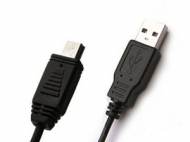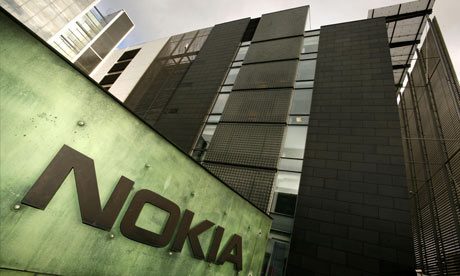Chargers standardization and new ways to charge your cell phone
 Great news regarding cell phones and charging – soon there will be no more asking around the office for the right sort of charger and you’ll need to recharge less often than before. The world’s leading cell phone makers announced today that they will ensure that their data-enabled phones and chargers will all work together using the charging technology based on the Micro-USB interface. Though the agreement applies as of the next year in the countries of EU, it’s likely that the standardization will apply to phones and chargers sold outside the member countries.
Great news regarding cell phones and charging – soon there will be no more asking around the office for the right sort of charger and you’ll need to recharge less often than before. The world’s leading cell phone makers announced today that they will ensure that their data-enabled phones and chargers will all work together using the charging technology based on the Micro-USB interface. Though the agreement applies as of the next year in the countries of EU, it’s likely that the standardization will apply to phones and chargers sold outside the member countries.
Great news is also coming from Nokia – a new prototype charging system enables the cell phones to power themselves on nothing more than ambient radiowaves – the weak TV, radio and cell phone signals that permanently surround us. According to Markku Rouvala, one of the researchers who developed the device at the Nokia Research Centre in Cambridge, the harvested power is small but it helps to power a cell phone in standby mode indefinitely without the need to charge it elsewhere.
Nokia claims it is able to scavenge relatively large amounts of power (around a thousand times as much) from signals coming from miles away. “Individually the energy available in each of these signals is miniscule. But by harvesting radiowaves across a wide range of frequencies it all adds up”, said Rouvala. Such wireless transfer of energy was first demonstrated by Nikola Tesla in 1893. He tried to build an intercontinental transmission tower to send power wirelessly across the Atlantic.
Nokia’s device is somewhat less ambitious and is made possible thanks to a wide-band antenna and two very simple circuits. The antenna and the receiver circuit are designed to pick up a wide range of frequencies (from 500MHz to 10GHz) and convert the electromagnetic waves into an electrical current, while the second circuit is designed to feed this current to the battery to recharge it.
“The trick here is to ensure that these circuits use less power than is being received”, said Rouvala. So far they have been able to harvest up to 5mW (milliwatts). Their short-term goal is to get in excess of 20mW, enough power to keep a phone in standby mode indefinitely without having to recharge it. That wouldn’t be enough to actually use the phone to make or receive a call. Their goal is to get as much as 50mW. That amount of energy would be sufficient to even slowly recharge the battery.
Wireless charging is not intended as a sole energy source, but rather to be used in conjunction with other energy harvesting technologies, such as handset casings embedded with solar cell materials.
Rouvala is confident about its future: “I would say it is possible to put this into a product within three to four years”. He added that Nokia plans to use the technology in conjunction with other energy-harvesting approaches, such as solar cells embedded into the outer casing of the handset.










As per the changing time and requirement of the users different types of chargers are available in the market. Nokia has introduced the new prototype charging system, which enables the cell phones to power themselves.